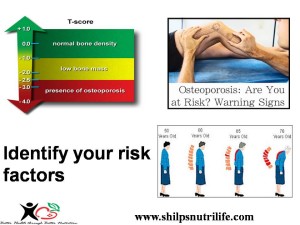World Stroke Day 29th October 2015.
The World Stroke Organization’s theme for World Stroke Day 2015 is ‘I am Woman’. The World Stroke Campaign has chosen to focus on this theme because a woman is
more at risk of having a stroke.
more likely to die from a stroke than a man.
less likely to receive acute care and rehabilitation than a man, even though she responds equally well to treatment.
more likely to experience a severe decline in cognitive function, and runs a higher risk of post-stroke depression and instutionalization.
more likely than men to experience hypertension, atrial fibrillation (irregular heartbeat), diabetes, depression and obesity, all of which increase stroke risk.
more likely to take on the caregiving role.
Some stroke risks are also specific to women. Pregnancy related diabetes, preeclampsia, the use of birth control pills, hormone replacement therapy and hormonal change all increase the risk of stroke for women.
We want more women to understand their stroke risk and take steps that will reduce the likelihood of preventable stroke. This World Stroke Day we are encouraging all women to make healthier lifestyle choices and calling on them to get a health check from a medical practitioner.
Stroke affects women, stroke affects everyone.
We are calling on communities and individuals to use World Stroke Day to show they care. Share information about stroke prevention and ask the women in your community and your life to have a health check to avoid preventable stroke and
#WORLDSTROKEDAY
#cardiovasculardisease.
#hearthealthy #eathealthy #exercise #notransfood #avoidsmoking #cholesterol
#hypertension
http://www.worldstrokecampaign.org/get-involved/world-stroke-day-2015.html














